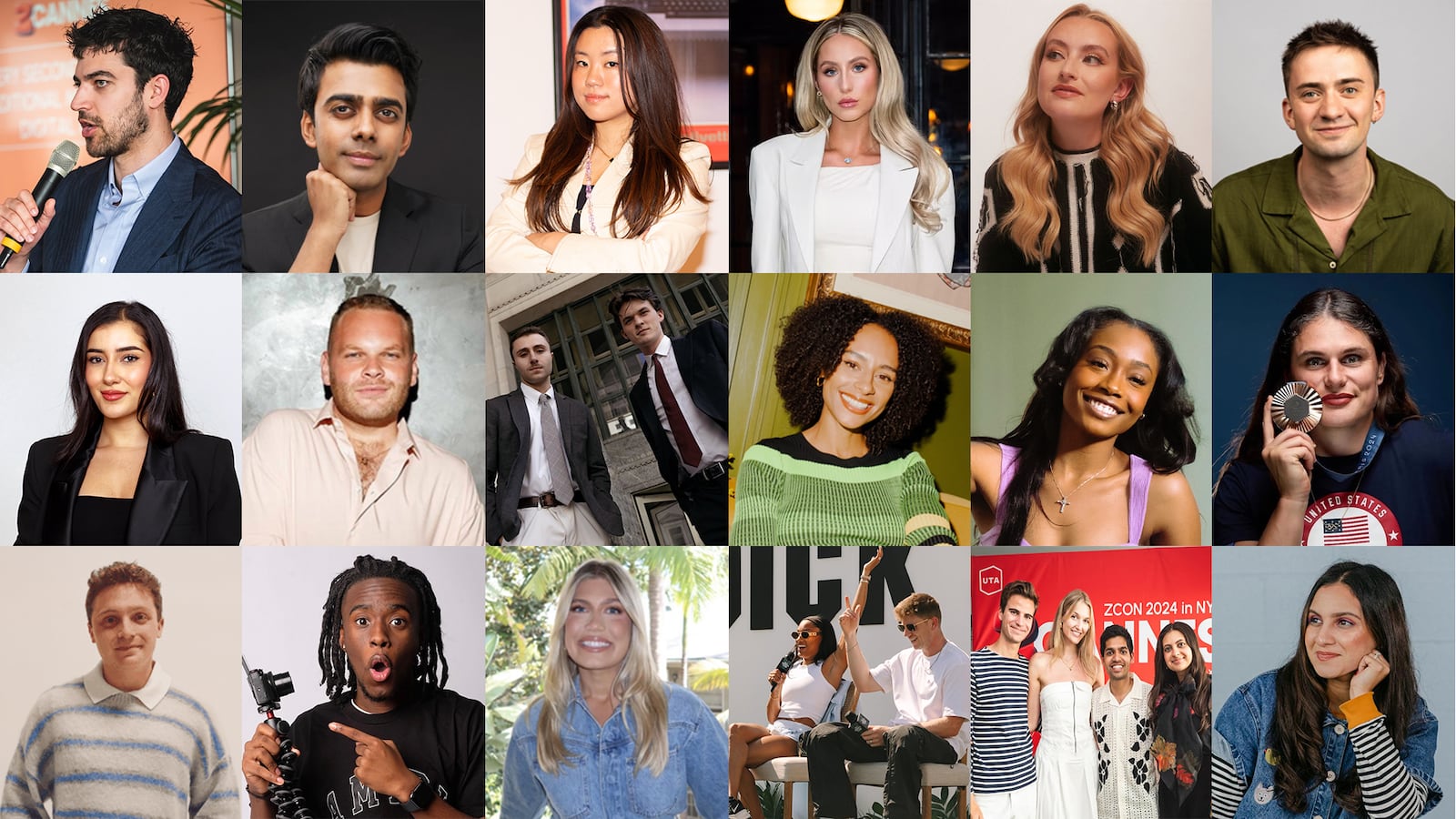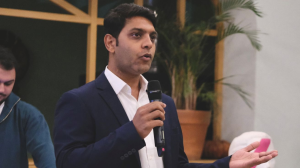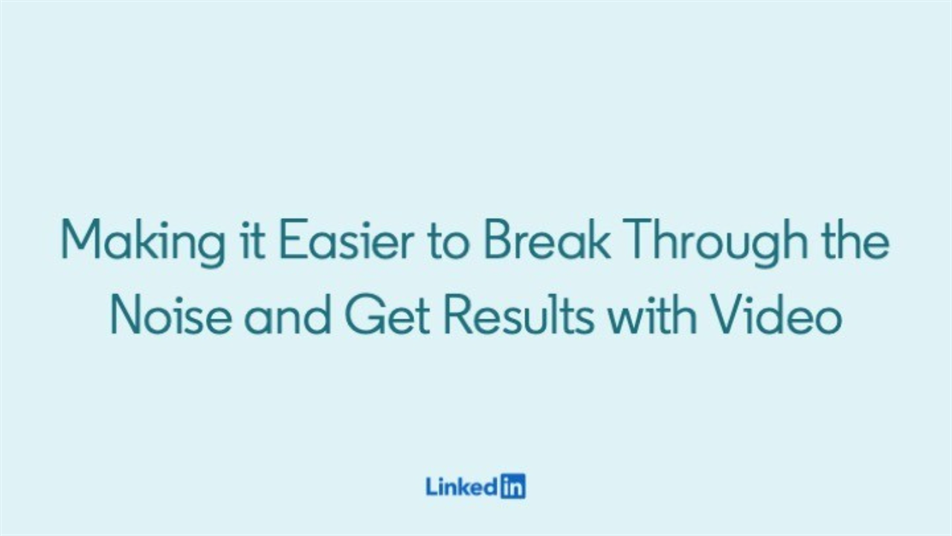South Africa’s digital advertising sector is on an impressive growth trajectory, with projections from Statista indicating it will reach USD$816-million by 2026. This creates a significant growth opportunity for marketers operating in the region. Notably, Microsoft has already observed a substantial 95% increase in clicks in South Africa in 2024 compared to the previous year, highlighting a shift in consumer behavior and engagement.
As digital ecosystems become entrenched in consumer habits, brands must evolve their strategies to offer seamless, consistent, and personalized experiences across platforms and devices. “Today’s consumers move smoothly across channels, and they expect their experiences to be just as smooth and consistent, especially when they engage with brands,” states Janette Hardman, Country Head — Microsoft Advertising South Africa, InMobi Advertising. This evolution necessitates marketers to leverage emerging technologies and trends to reach, engage, and convert consumers more effectively.
AI-Powered Hyper-Personalisation: The New Era of Consumer Connection
Consumers today demand hyper-personalized experiences that resonate on a personal level. AI tools are at the forefront of this transformation, enabling marketers to deliver curated journeys that resemble conversations more than traditional marketing communications. Innovations such as dynamic filters and AI-powered ad generation facilitate real-time engagement, offering content and experiences that align with consumer preferences.
“Personalisation has always been a priority. But now, with real-time insights and intelligent targeting, we can deliver on that promise at scale,” explains Mike Luscombe, Director of Partner Sales, EMEA and LATAM, Microsoft Advertising. In diverse markets like South Africa, this level of relevance is a significant competitive advantage.
Advanced AI and analytics provide brands with the ability to move beyond basic demographic targeting, instead focusing on user behavior, preferences, and context to boost engagement. “The shift is clear. Personalisation starts with the consumer. Brands must embed themselves in that journey,” emphasizes Jacob Joseph, Head of Business for Middle East, Turkey and Africa, Microsoft Advertising at InMobi Advertising. As AI becomes more powerful, the brands that prioritize authentic, data-driven experiences will capture consumer attention.
Omnichannel Connections: Reaching Customers Across the Microsoft Advertising Ecosystem
Today’s consumers transition seamlessly between gaming, email, apps, social media, and search, often using multiple devices within a short timeframe. This behavior necessitates true omnichannel strategies that dissolve traditional channel silos.
“Omnichannel ensures advertisers can meet customers wherever they are, across devices and platforms,” says Luscombe. Smart marketers are crafting strategies that maintain consistency while adapting to each channel’s unique context. This approach empowers brands to deliver consistent, relevant messaging across various touchpoints, capturing audiences engaged at different levels through platforms like Connected TV.
The result is a dynamic, connected advertising strategy that moves with the consumer rather than around them.
The Power of First-Party Data
Generative AI is playing a pivotal role in revolutionizing user engagement, transforming how people learn, entertain, and create. “We’re seeing a shift toward permission-based marketing that goes beyond compliance. It builds trust and long-term relationships,” Joseph notes. Technologies enabling precision targeting in a privacy-compliant manner are becoming indispensable.
Additionally, traditional ad formats are being replaced by engaging and interactive experiences. Formats like playable ads, augmented reality, and immersive video content are proving significantly more effective at capturing consumer attention. For example, video ads are likely to achieve six times higher engagement than static ads.
“Static mobile ads still have their place, but nothing beats advertising that entertains and involves the audience,” Hardman adds. Brands embracing immersive formats see substantially higher engagement and recall.
What This Means for South African Marketers
The digital advertising landscape in South Africa is rapidly evolving, driven by hyper-personalization, immersive formats, omnichannel reach, and a growing emphasis on privacy-first strategies. For marketers poised to take the next step, here are actionable insights:
1. Start With Smarter Data Strategies: First-party data is crucial for effective targeting. South African brands should focus on building their own data ecosystems, using privacy-compliant sources and local insights to craft contextualized, personalized campaigns. “It’s not just about reaching audiences. It’s about understanding them deeply and respectfully,” Joseph emphasizes.
2. Experiment With Immersive Ad Formats: Interactive experiences are redefining engagement. Test new formats early and often. They outperform traditional banners, helping brands connect in more memorable ways. “Entertainment and utility are the new attention-grabbers,” Hardman adds.
3. Think Omnichannel, Act Contextually: Consumers in South Africa, like everywhere, are multitasking across platforms. “The right message, at the right time, in the right environment: that’s the formula,” Luscombe explains.
For more information, visit www.inmobi.com. You can also follow InMobi on Facebook or on X.
Note: This article is inspired by content from https://www.mediaupdate.co.za/marketing/159085/navigating-the-future-of-advertising-consumers-ai-and-what-is-next. It has been rephrased for originality. Images are credited to the original source.










Leave a Reply